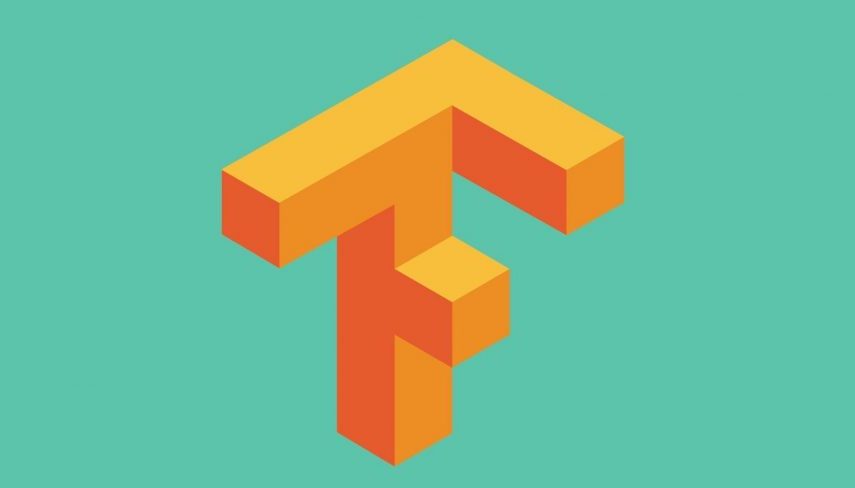
Google announced the first release of TensorFlow Graphics – differentiable graphics layers for TensorFlow which connect deep learning with computer graphics.
In the past years, a lot of research within machine learning has focused on computer vision. Recently, deep learning frameworks such as TensorFlow have grown a lot, by adding different layers and components suitable for solving different tasks.
TensorFlow Graphics is one of the new additions to TensorFlow, which is expected to enable research in the intersection of deep learning and computer graphics.
Differentiable layers for computer graphics in TensorFlow will enable researchers and developers to build computer graphics pipelines which will learn rendering and scene representation. With TensorFlow Graphics, complex 3D vision and rendering tasks can be tackled in an efficient manner.
Object transformations, camera positions, materials, light and geometry are the main building blocks of a scene. TensorFlow Graphics can be used towards scene understanding from flat images, which will in turn open the doors for a number of applications.

“As labelling data is a costly and complex process, it is important to have mechanisms to design machine learning models that can comprehend the three dimensional world while being trained without much supervision. Combining computer vision and computer graphics techniques provides a unique opportunity to leverage the vast amounts of readily available unlabelled data. “, say Julien Valentin and Sofien Bouaziz, researchers from Google.
TensorFlow Graphics is available on Github and works with TensorFlow versions 1.13.1 and above. More about TensorFlow Graphics can be read in the release blog post.